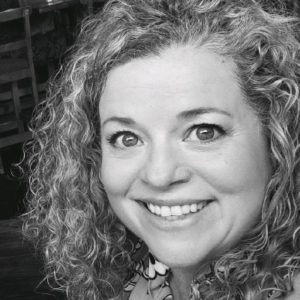When lifts break
In the middle of a transfer, my bed got stuck. I came close to landing on the floor even though the occupational therapist rescued me. I was told I had to use the Hoyer for all transfers. Even though I know it’s an OSHA rule, I do not like it.
Using the lift adds additional time to my care routine. It may only take two aides to use a lift, but they have to locate it first. Also, after being toileted or showered, I have to be lifted onto the bed to have my slacks pulled up.
At first, this nursing home had me using the older Hoyer lift similar to those at my two previous facilities. However, this lift has no U-shaped removable lift pads. That means the Hoyer pad has to stay under me during toileting and showers. I never thought I would be required to sit on a Hoyer pad all day. My first facility’s lift was similar, and we had trouble using the lift pads with the Hoyer for showering. They used a U-shaped pad that was removed after toileting and showering. At my second facility, they used a similar U-shaped pad which could also be removed for showering. To save time, some aides left it under me. However, I wanted it removed when I went on outings with friends or family because I did not want to be identified by it.
When my sister visited, I did not want to go out with the Hoyer pad visible behind me, so we ordered in. Several days later, they begin using a tilt lift that I had no prior experience with. That lift had two U-shaped pads that could easily be removed from behind me. But, some aides told me they felt it was unsafe to remove them, and so they left them under me. Though I did not like sitting on that lift pad all day, I learned to live with it. The U-shaped pads can be tucked around me so they are not as visible. The aides said the tilting lift made it easier to position me in my shower or power chair. Even though that lift was efficient, it moved fast and scared me.
Later, on a day when I was up but feeling unwell, I wanted to lie down but was told the tilting lift was being tightened. I knew that lift had problems the month before. I wondered how I could be transferred from my power chair to bed since the lift pad under me would only work with the tilt lift.
An hour later, I was feeling worse, and the lift was still being tightened. Concerned, I asked the aides if they could use the Hoyer pad under me to lift me into bed. When they said they could not, I went to the director of nursing and pleaded that she let me transfer standing with the assistance of two aides as I had done here before using the Hoyer. Reluctantly, two aides stood me up to transfer me into bed.
For several weeks, the lift with the U-shaped removable pads has been broken and has not been repaired. The facility rented a conventional lift that has pads with holes for toileting and showering. With the tilt Hoyer broken and without enough pads for the rental, I have had to spend more days in bed. Some days, no dry pad is available for me to be transferred to my power chair. The most uncomfortable part is being lifted after a shower on a wet Hoyer pad onto my bed to remove it.
Spending more time in bed is making my bottom tender, though the skin has not broken down. This lift is uncomfortable, and my body aches afterwards. Sitting on the old-style pads is also not comfy. I do not know if or when the broken Hoyer is going to be repaired, but the facility has ordered new pads to use with the rental. I have no idea if any of them are U-shaped.
During the holidays, because there was no dry Hoyer pad, I had to miss outings with two friends. We enjoyed ourselves ordering in and visiting here, and they promised to return in January so we could try again. I hope soon that either the lift will be fixed or there will be extra—and possibly U-shaped pads—to use with the rental lift.

Kathleen Mears is a long-time blogger who has been a nursing home resident for 21 years. She is an incomplete quadriplegic and uses a power wheelchair to get around. Her computer is her “window on the world.” This blog shares her thoughts and view of life as a nursing home resident as well as ideas of how it might be improved in the future.
Related Articles
Topics: Clinical











